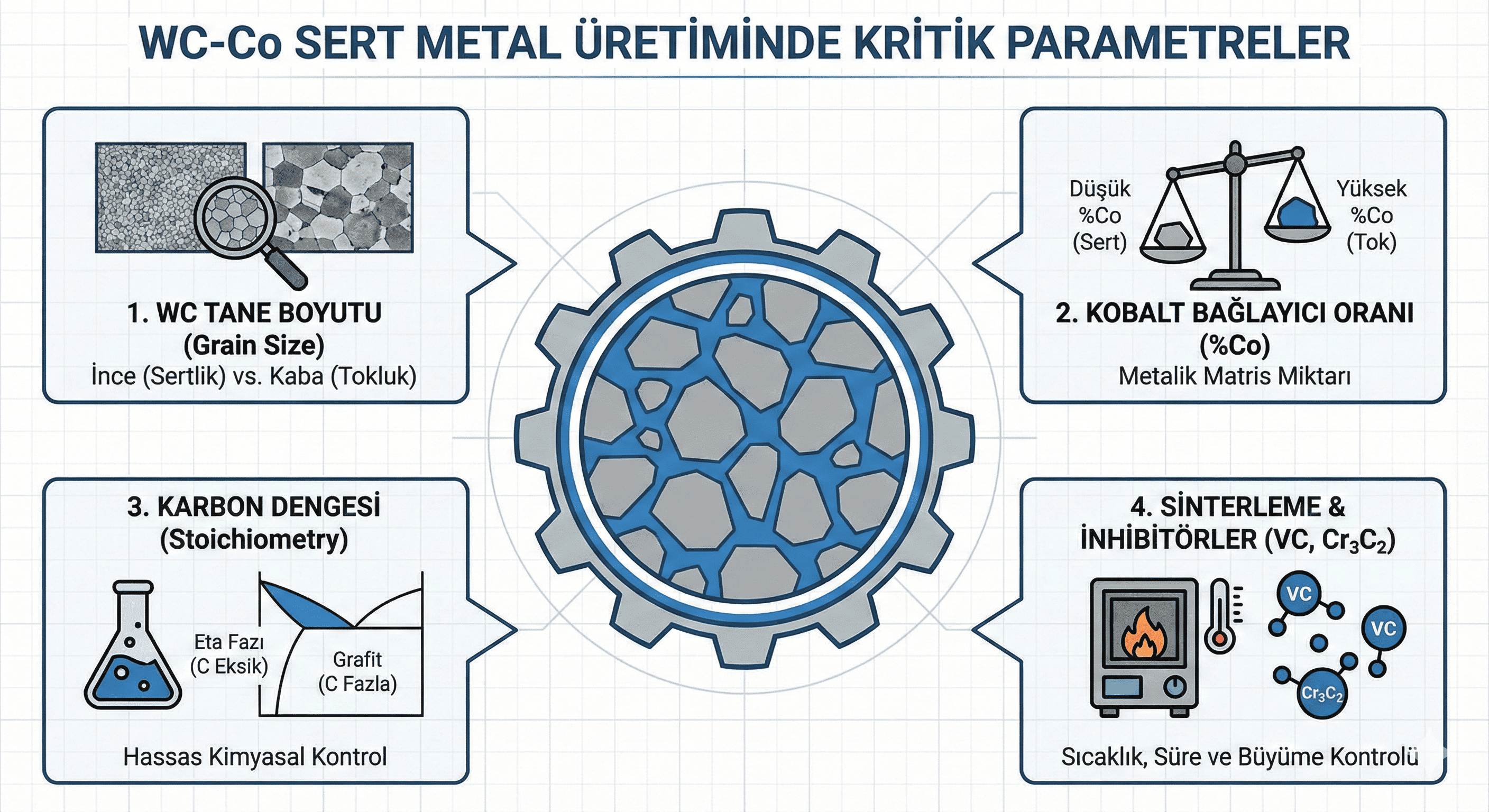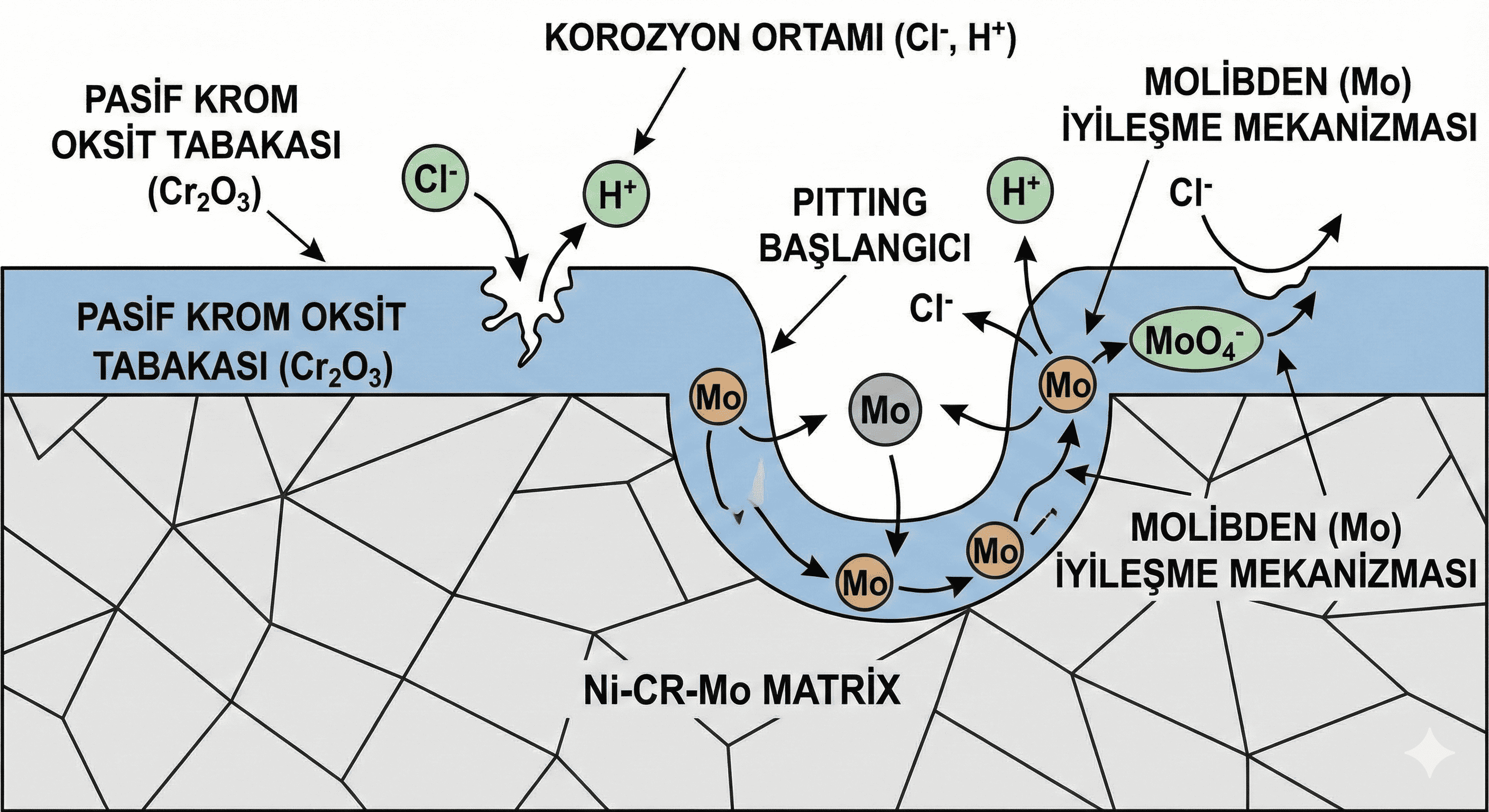Erbium oxide (Er²O³) nanoparticles are increasingly recognized for their unique optical, magnetic, and catalytic properties. This article provides a comprehensive review of the synthesis methods, physical and chemical properties, and diverse applications of Er²O³ nanoparticles. Additionally, it addresses challenges associated with their use and outlines future research directions.
1. Introduction
1.1. Overview of Erbium Oxide Nanoparticles
- Definition and characteristics of erbium oxide (Er²O³) nanoparticles.
- Overview of erbium’s role as a rare earth element and its significance in nanotechnology.
1.2. Importance in Nanotechnology
- Unique properties of Er²O³ nanoparticles compared to other oxide nanoparticles.
- Potential applications driven by these unique properties.
1.3. Objectives of the Article
- To explore the synthesis methods, properties, and applications of Er²O³ nanoparticles.
- To identify current challenges and suggest future research directions.
2. Synthesis of Erbium Oxide Nanoparticles
2.1. Chemical Precipitation
- Description of the chemical precipitation method for synthesizing Er²O³ nanoparticles.
- Parameters influencing the formation, including pH, temperature, and concentration.
2.2. Sol-Gel Method
- Explanation of the sol-gel process for preparing Er²O³ nanoparticles.
- Steps involved: hydrolysis, gelation, drying, and calcination.
2.3. Hydrothermal and Solvothermal Methods
- Overview of hydrothermal and solvothermal techniques.
- Impact of temperature and pressure on nanoparticle size and morphology.
2.4. Other Methods
- Brief discussion of alternative synthesis methods such as co-precipitation, microwave-assisted synthesis, and chemical vapor deposition.
3. Properties of Erbium Oxide Nanoparticles
3.1. Structural Properties
- Crystallinity and morphology of Er²O³ nanoparticles.
- Characterization techniques: X-ray diffraction (XRD), scanning electron microscopy (SEM), and transmission electron microscopy (TEM).
3.2. Optical Properties
- Optical absorption and emission characteristics.
- Use of Er²O³ nanoparticles in luminescent applications and as phosphors.
3.3. Magnetic Properties
- Magnetic behavior and susceptibility of Er²O³ nanoparticles.
- Comparison with other rare earth oxides and implications for magnetic applications.
3.4. Catalytic Properties
- Catalytic activity of Er²O³ nanoparticles in various reactions.
- Advantages in catalytic processes and potential applications in environmental and industrial catalysis.
4. Applications of Erbium Oxide Nanoparticles
4.1. Optoelectronics
- Application in optical amplifiers and lasers.
- Use in display technologies and optical coatings.
4.2. Biomedical Applications
- Potential for use in imaging and diagnostic applications.
- Evaluation of biocompatibility and safety for drug delivery and therapeutic applications.
4.3. Energy and Environmental Applications
- Role in energy storage and conversion technologies, such as batteries and fuel cells.
- Application in environmental remediation and as catalysts for pollutant degradation.
4.4. Magnetic Materials
- Integration into magnetic storage devices and sensors.
- Potential in advanced magnetic applications.
5. Challenges and Limitations
5.1. Synthesis Challenges
- Difficulties in controlling the size and uniformity of Er²O³ nanoparticles.
- Scalability issues for large-scale production.
5.2. Stability and Reactivity
- Stability of Er²O³ nanoparticles under various environmental conditions.
- Surface reactivity and methods for enhancing stability.
5.3. Cost and Environmental Impact
- Economic considerations of producing and using rare earth nanoparticles.
- Environmental impact and strategies for reducing ecological footprint.
5.4. Regulatory and Safety Concerns
- Compliance with regulations governing the use of rare earth materials.
- Safety measures for handling and disposal of nanoparticles.
6. Future Directions
6.1. Advancements in Synthesis Techniques
- Innovations in synthesis methods to improve nanoparticle quality and reduce costs.
- Exploration of new materials and synthesis approaches.
6.2. Emerging Applications
- Exploration of novel uses in technology, medicine, and industry.
- Potential for interdisciplinary research and development.
6.3. Interdisciplinary Collaboration
- Importance of collaboration between chemists, materials scientists, and engineers.
- Examples of successful interdisciplinary projects and research.
7. Conclusion
7.1. Summary of Key Findings
- Recap of the synthesis methods, properties, and applications of Er²O³ nanoparticles.
7.2. Impact on Technology and Science
- Overall significance of Er²O³ nanoparticles in advancing various fields.
7.3. Final Thoughts
- Reflection on the future potential and ongoing research in erbium oxide nanoparticles.
8. References
- Comprehensive list of scientific papers, reviews, and sources cited in the article.
Feel free to adapt or expand each section based on specific research findings or areas of interest you have. If there are particular details or additional information you’d like included, just let me know!





